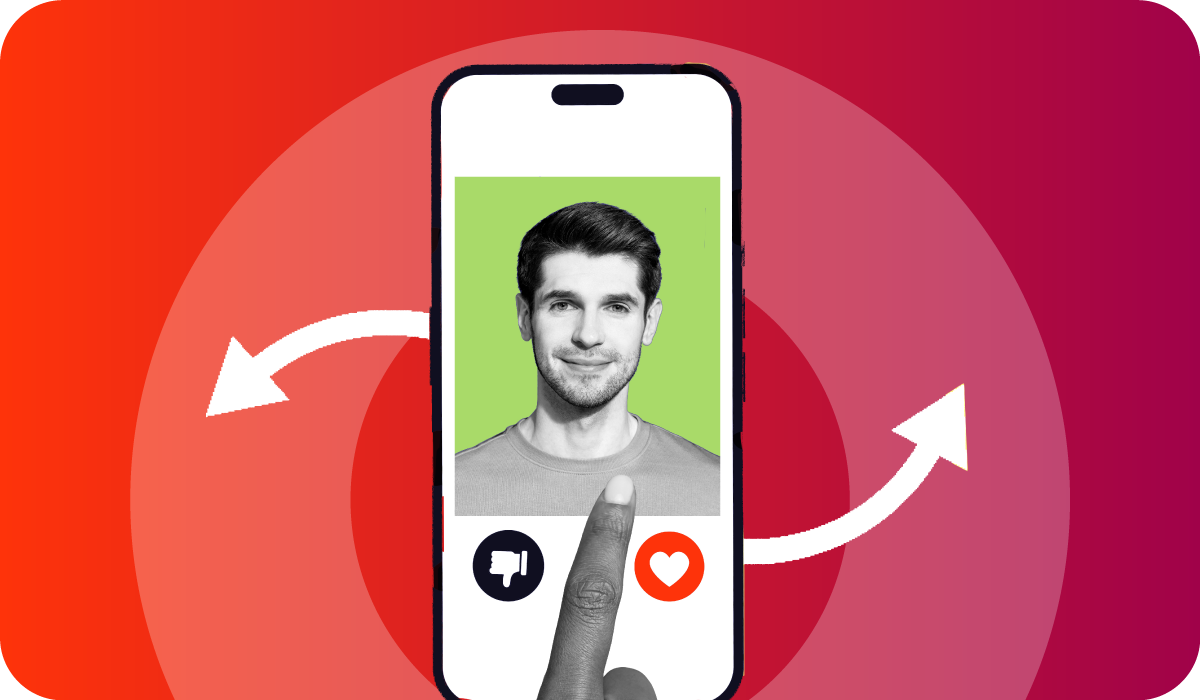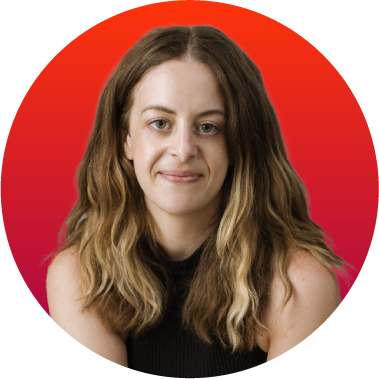Honesty is the best policy: What dating app insights can tell us about good market research
Market Research • Jul 25, 2025 10:15:00 AM • Written by: Kate Bunton

Dating apps are the perfect Petri dish for observing the ways in which users operate online. With a wide array of variables like height preferences, political affiliations, and desired level of commitment as filterable criteria, the ability to customize respondents should make it a breeze to find the perfect partner. But even so, the success rate of dating apps these days is still quite low. Many things factor into the overall success rate, but as market researchers know, when it comes to what we think we want and what we believe about ourselves, it’s not always 100% accurate. While these singletons don't necessarily have incentive to lie, it can happen through unconscious bias, lack of vital context, fear of being judged, or any number of factors.
So while we can’t rely on users to describe themselves or what they want with complete accuracy, where we can observe a high level of honesty is in their swiping. As with consumers, it’s one thing to try and articulate what you think you want, but it’s another story entirely when it comes to what impacts your decisions at the time of purchase — or swipe. App users can describe who they are and what they want to the best of their abilities (and in this context, the more honest one is, the better the outcome). But when they begin actually swiping, the stakes change: now they’re looking for an actual date, bringing even the smallest say-do gaps to light.
The path to truth starts with quantifying the unquantifiable — human behavior.
When it comes to intent versus behavior, data doesn’t lie.
Data from OkCupid found that when it comes to age preference trends between men and women seeking partners of the opposite gender, both claim to be interested in being matched with people around their own age in their settings.
But actual app usage told a very different story: The majority of female users tended to be interested in what they claimed to be, and interacted mostly with men around their same age, whereas the majority of male users did not, with the average age of women messaged being in her 20s, no matter the age of the male user. Here we have a stark contrast between what male users believe they’re interested in, and where their honest behavior shows their true interests lie.
But this is not intentional or nefarious lying. Users are attempting to get matches. There’s no incentive to lie about what you have to offer and what you want in return. The say-do gap on dating apps is actually quite small, but even those unconscious biases are easy to spot in the data. Simply asking people what they prefer isn’t enough, even when it’s in their best interest to be honest –– it’s the insights on what people are actually doing that has real-world effects.
Turning social feeds into dating apps for purchasing decisions
While there are no dating apps for consumers and the goods they want to purchase (yet?), there are market research methods that focus on behavioral data. Accurate, holistic insights are born where nobody knows they’re being watched. Likes, dislikes, preferences and trends are revealed in the wild — with no filters. Unlike dating apps, traditional research methods often lead to much larger say-do gaps. They’re often incentivized or conducted in highly skewed environments that leave ample opportunity for inaccuracy to creep in. That means eschewing surveys and panels to focus on finding people in their natural environments and observing how they respond when they’re not being asked or incentivized to say what they think (or think they think).
What’s great about people is what’s real, and you need to go deeper if you want to truly capture it and turn it into action. Testing in the wild lets you meet consumers in the digital environments where they’re already living, and lets you see what they do versus what they say. All that honest and nuanced behavior can be broken down into qualitative data points and turned into actionable insights.
Ready to commit?
Kate Bunton
Kate is the Director of Operations at Orchard, working behind the scenes to ensure every client receives the best possible research results, no matter the subject or scale of the project at hand. With an extensive background in copywriting and content marketing, her experience in reaching and speaking to the everyday consumer helps drive the mission to solve the “say-do-gap” that plagues traditional market research through authentic engagement that meets people in a real-world context.
